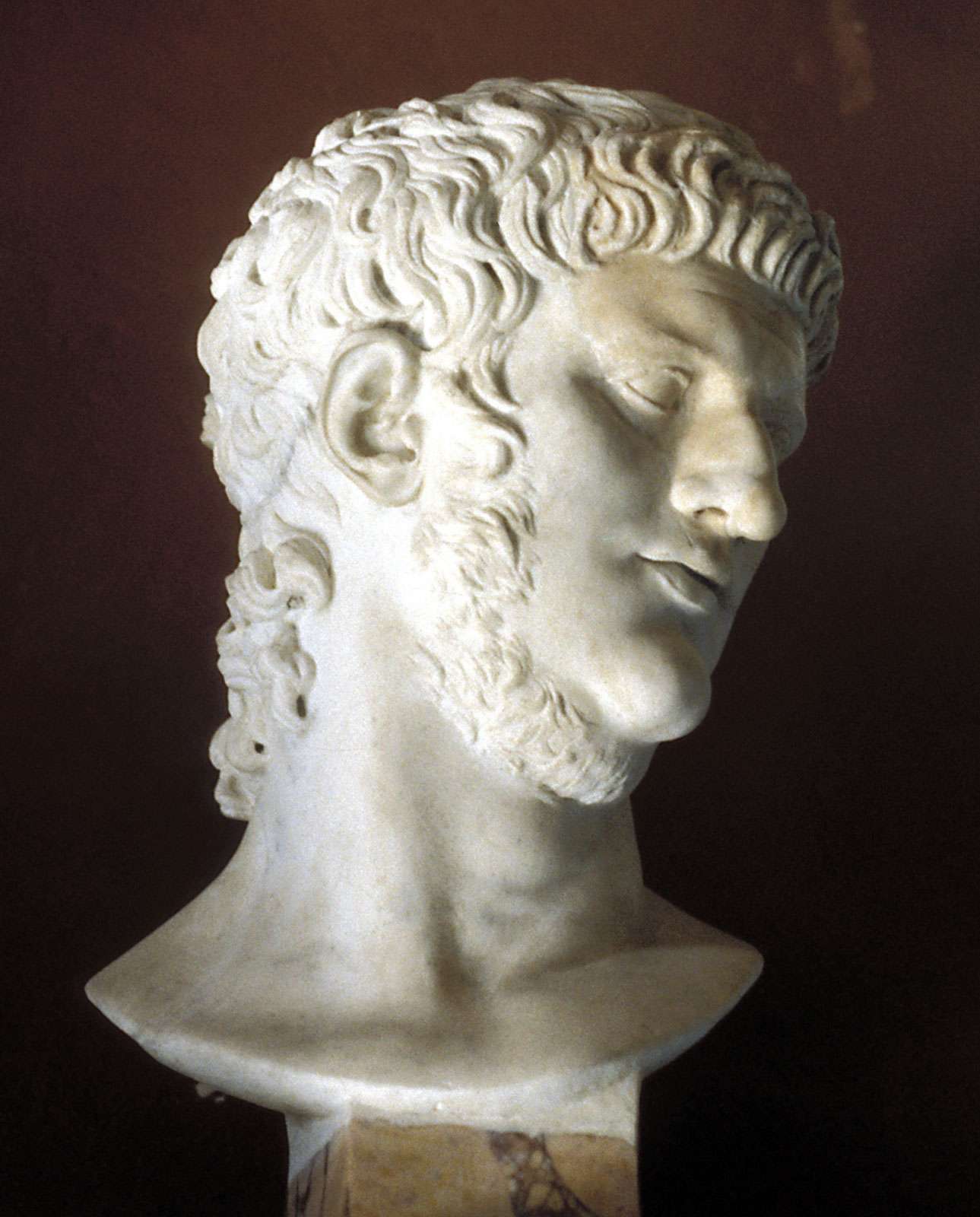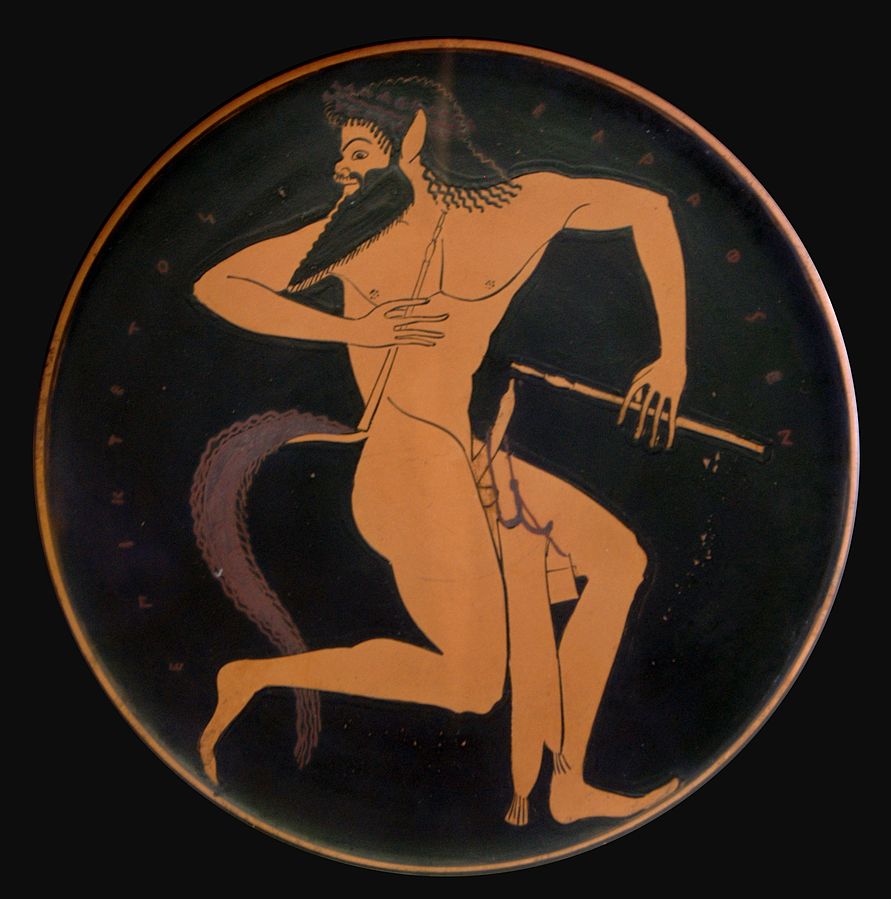LAT 421/521
Introduction
August 22, 2023

Nero (imp. 54-68 CE)
SYLLABUS
Latin Literature of the Imperial Age (formerly known as "Silver Latin"); Neronian Literature (?)
Petronius (d. 66 CE)
Lucan (39-65 CE)
Seneca (d. 65 CE)
- post-Augustan/early imperial literary trends: decline of oratory and elegy, increased emphasis on literary recitation and rhetorical declamation (evidence of censorship, e.g. Tiberius & Cremutius Cordus, Tacitus, Annales 4.34-5; Phaedrus' Fabulae); less elaborate & lucid prose style(s), technical literature (e.g. natural history, geography, agriculture, astrology/astronomy)

- Nero (54-68 CE) quinquennium (clemency, transparency, generosity, populism, etc.) & "decline" > Nero as transgressive, boundary-crossing construct: artistic & literary preoccupations + chariot racing; radical philhellenism (tour of Greece); self-representation as Apollo/Sol/Helios & expansive rule (Hellenistic monarch); precursor of new wave of hellenism (Second Sophistic)
"... he crossed over into Greece, not at all as Flaminius or Mummius or as Agrippa and Augustus, his ancestors, had done, but for the purpose of driving chariots, playing the lyre, making proclamations, and acting in tragedies. Rome, it seems, was not enough for him." (Cassius Dio 63.8.2-3)
- dramatic end of Julio-Claudian line in 68 CE (qualis artifex pereo, Suet., Nero 49); Flavians (hostile historiographical tradition commences)
- Neronian literature (Dinter): "Renaissance" (e.g. revival of bucolic, satire, esp. Persius)
- Neronian literary themes & ideas (Petronius, Lucan, Seneca): metaliterariness, spectacle & the visual, conflation of drama & life, rhetorical extravagance, human & cosmic bodies, horror, the grotesque, et sim.

Silenus/satyr, Attic red-figure plate, ca. 520-500 BCE
Petronius & Petronius' Satyricōn [sc. libri] or Satyrica (n. plur. after satyri, "satyr stories"; cf. satura)
- Tacitus, Annales 16.17-20 (elegantiae arbiter, cos. 62 CE); Petronius Arbiter in manuscript tradition)

Fresco of Priapus, Casa dei Vettii, Pompeii
- genre & full scope? satirical Roman Odyssey (fabula) of sexual misadventures, "hero" harried by god Priapus (cf. Odysseus by Poseidon): gritty, un-idealized account of broad human experience, esp. non-elite everyday life
[cf. Greek novel/romance (e.g. Chariton, Xenophon of Ephesus, Achilles Tatius, Heliodorus): a parody?; cf. Menippean satire (Menippus of Gadara, 3rd BCE; e.g. Varro, Seneca's Apocolocyntosis), mix of prose and poetry (prosimetron), "low" realism & satire; cf. Apuleius' Metamorphoses ("Milesian tale", e.g. Satyricon 111-12, "The Widow of Ephesus" and Roman mime); for Cena cf. Roman banquet literature (esp. Hor. S. 2.8)]
- picaresque narrator Encolpius ("In-crotch") passes through various Roman/Italian social settings & classes (e.g. markets, rhetorical school, brothels, Quartilla scene, etc.) > complex & incongruous appropriation of genres & literary parody
- transmission of (lacunose!) text: Satyricon subject to excerpting & censorship, Cena Trimalchionis reappears in Codex Traguriensis (= H) in 17th century in Dalmatia [cf. Excerpta breuia (O) and Excerpta longiora (L) for parts preceding and following Cena]
- Cena = Book 15 of Satyricon? focus on freedmen (colloquial speech, perspectives on economics, politics et al., mores, tastes, etc.) as narrated by Encolpius in first-person as he absorbs events (memory); dominant figure of uber-wealthy freedman Trimalchio
- opening context (1-26.6) of Cena in Graeca urbs (Campania/Bay of Naples)? Encolpius, Ascyltus, Giton
- reception & influence: e.g. F. Scott Fitzgerald's Trimalchio in West Egg, James Joyce's Ulysses, Fellini et al.




